Instructions for using USB Flash drive with Android device
Have you ever had an idea to watch videos on your phone or on your tablet without spending any storage space? Or maybe you just need to see a file that other people send you?
Most modern Android devices support standard USB drives. So you can plug in a FLash drive into Android devices just like you do on a computer.
Modern Android versions are improved, supporting external storage devices. However, on older Android versions, this process requires you to Root.
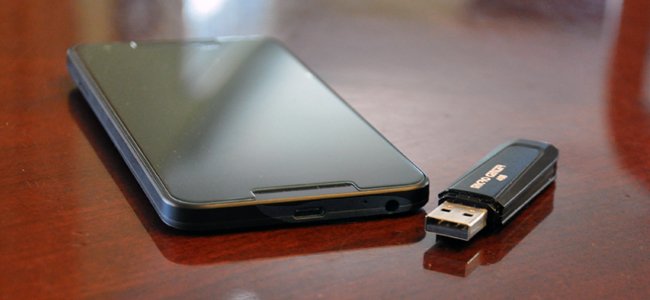
1. USB OTG cable
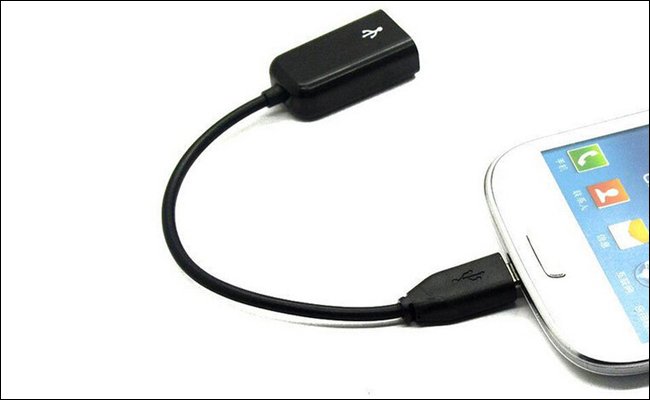
If your phone does not have a regular USB port. To connect a Flash drive to a phone or tablet, you need to use an on-the-go USB cable (also known as USB OTG).
USB OTG cable costs about $ 5. That short adapter cable has a small MicroUSB connector at one end and a larger USB connection at the other end.
However, this cable is not necessarily compatible on all devices. The reason is that your Android device needs to be able to act as an OTG server.
Some smartphones and tablets may not have this capability, so you should search the Web to find out if your device is compatible with it.
If the USB OTG cable is compatible, you can not only easily connect to a USB Flash drive, but you can also use it to connect other types of USB devices to your Android phone or tablet. like, keyboard - USB mouse, and gamepad.
2. Support file system
Your USB drive should be formatted to FAT32 standard for maximum compatibility. Some Android devices may also support exFAT format. However, until now, there is not any Android device that supports Microsoft's NTFS file system.
If your device is not formatted with the appropriate file system, you can format it after connecting it to the Android device.
Note: When formatting the drive, it will delete the entire contents of it, so you need to make sure it is in the correct format before you transfer the first file to it.
3. Rootless method: For most new Android devices
On newer Android versions, when connecting to USB you will receive a message saying " for transfer photos and media ".
Also see the Explorer button - this button allows you to browse for files on the USB drive and an Eject button - allowing you to safely remove the USB (safely remove).
If your device is running an older version of Android, you must install the StickMount root application to access the files.
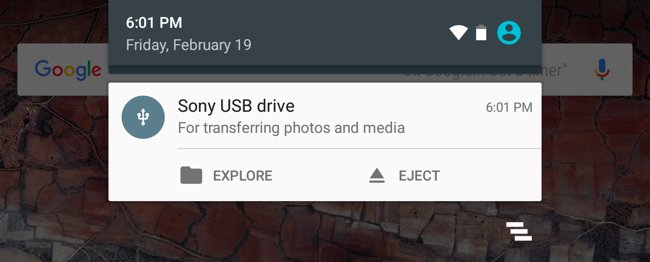
Click the Explorer button, the Android file manager window will open, displaying all contents in the USB drive. You can browse and manage files the way you still do. Just press and hold or press on one or more files or folders to select the file or folder.
If your USB drive has videos, songs or movies, you can tap the video, . to open it and view it with the viewing applications on your device.
This is useful because it allows you to watch videos stored on a USB flash drive on your phone.
Of course you can also install a third-party file manager instead of using the built-in file manager (file manager) on Android.
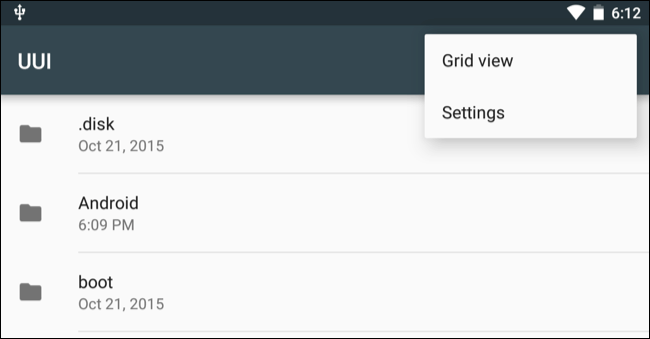
In addition, you can open the Android Settings app (Android's Settings app) and then click Storage & USB to see an overview of internal storage (internal storage) and external storage devices connected to your device.
Click Internal storage (internal storage) to view the files on your device using the file manager. You can then use the file manager to copy or move files to a USB flash drive.
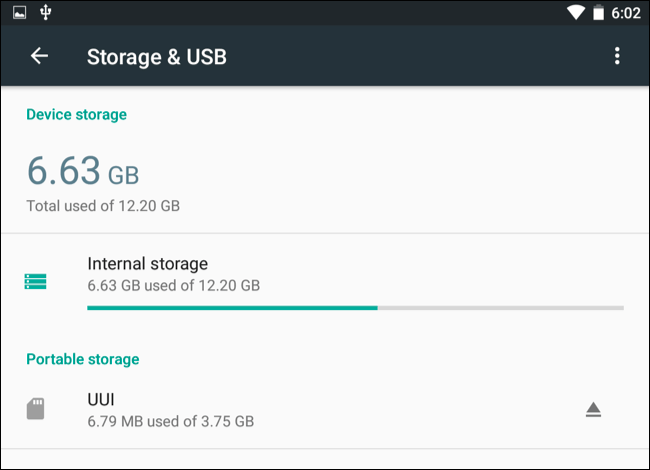
Some applications also allow you to save files directly to any storage device you like, or open files directly from a storage device. You can use these applications to save files and download them from external drives.
Once done, you can eject the USB drive and connect that USB drive to your computer or any other Android device to transfer the files.
If you want to adjust some other options, you can click the Menu button on the file manager while browsing for files on the USB drive and then click Settings .
There is a Format option, which allows you to delete the entire content without having to plug the USB into your computer to do the same thing you do.
4. Root method: For devices that are not attached USB drive
Some devices may support USB OTG cables, but for some reason, USB drives are not attached (usually on devices running the old Android version).
In this case, you must root your device and use the StickMount application to read the USB Flash drive.
If your Android version is not integrated with the new File Explorer feature, you must install additional applications such as ES File Explorer.
After you have installed the two applications, plug one USB OTG into your Android device and one USB drive. When connecting a USB drive, on the Android device screen you will see the StickMount prompt.
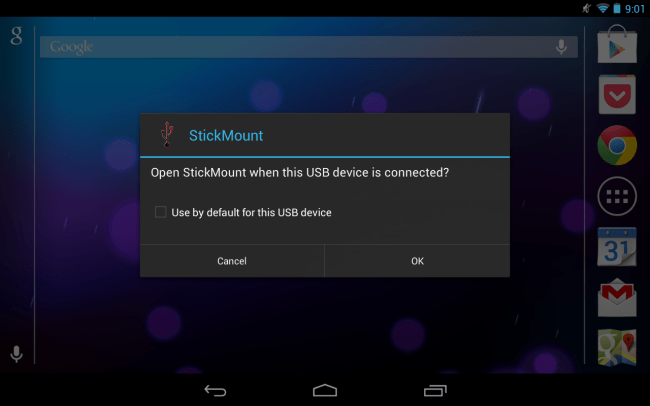
Click OK to have StickMount access the file on your USB drive.
Next choose Grant . If you choose Deny the root process will end.
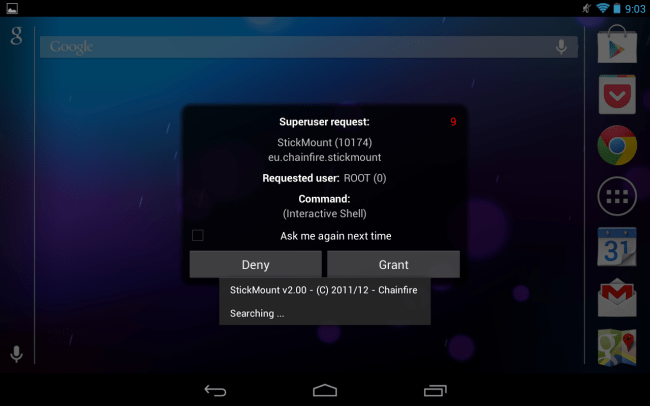
You can select the Use by default option in the first dialog box. In the next USB connection, you will not see any dialog boxes appear.
At this point you will see a message saying that installing StickMount was successful.
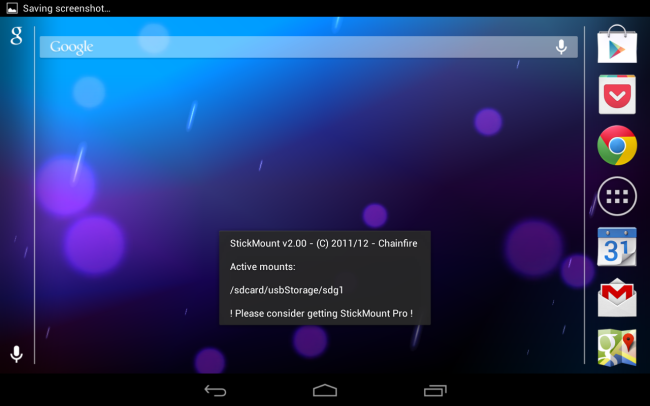
Open the ES File Explorer application on your device and click the usbStorge folder.
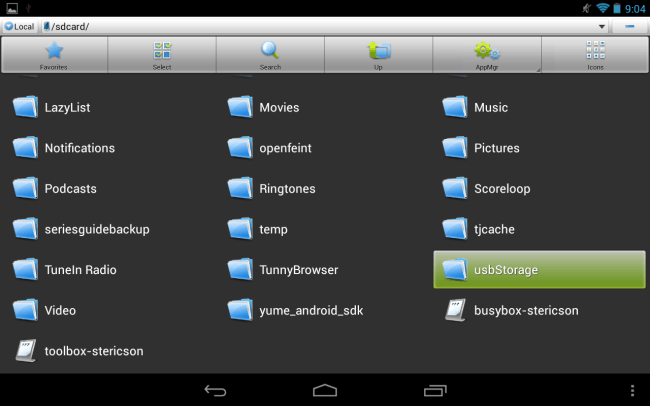
In the usbStorage folder, you will see at least one subdirectory. This directory represents different partitions on your connected devices.
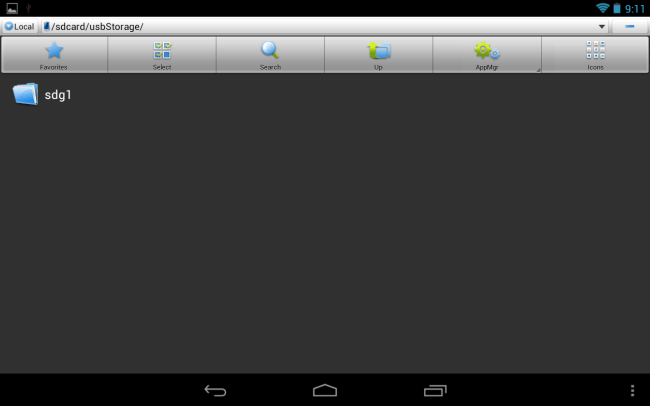
Click that folder to view the files inside the folder. Press or press the file to open files or work with normal files.
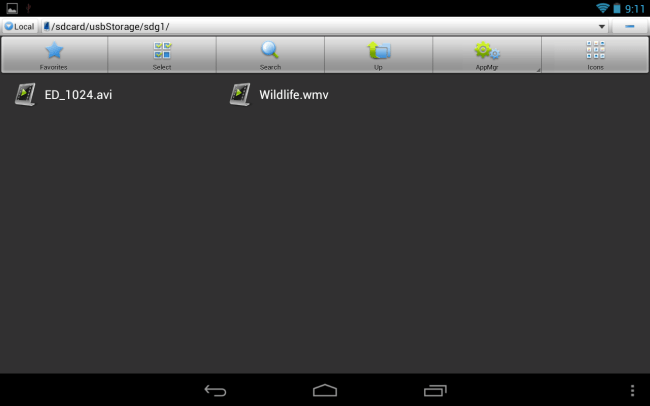
In this case we use USB drives to watch videos on tablets without spending any memory space on the tablet.
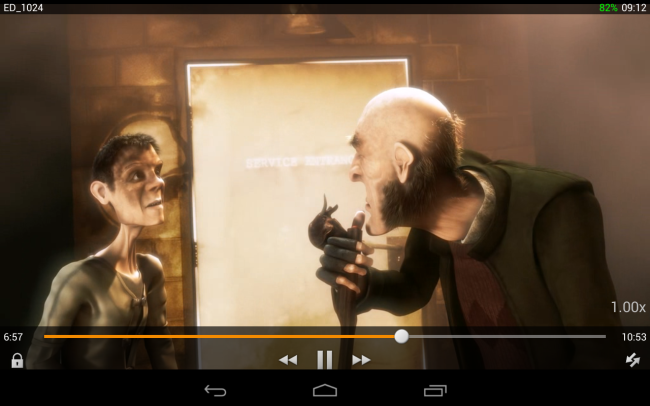
Once you're done, you can click the StickMount option on the system tray to Eject the USB drive or disconnect.
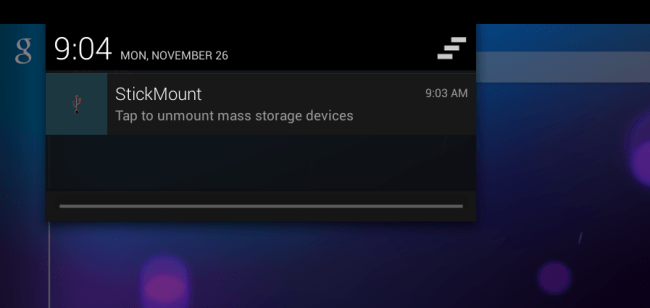
Refer to some of the following articles:
-
10 useful tips for Android users
-
How to view saved Wifi passwords on Android?
-
How to disable app notifications on Android?
Good luck!
You should read it
- How to connect and share Android phone data with Mac
- How to Connect Android Phone to Computer
- How to connect to the network for Android TV box
- How to fix Android phone connection with Windows 10
- Instructions for controlling Android devices via computer
- How to fix Android device not connecting to the computer
 Trick to recover Android data is lost
Trick to recover Android data is lost Instructions to delete 'traces' on Google Now
Instructions to delete 'traces' on Google Now Future smartphone battery technologies
Future smartphone battery technologies 5 little tips on Android few people know
5 little tips on Android few people know How to activate Wifi Calling on Android phones?
How to activate Wifi Calling on Android phones? Instructions to access your Android phone on the computer
Instructions to access your Android phone on the computer